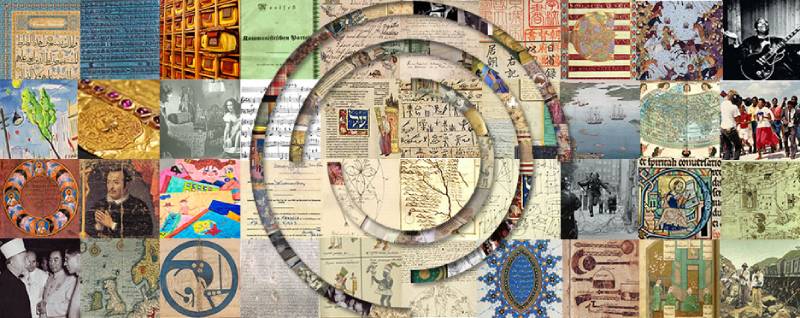×
The Standard e-Paper
Join Thousands of Readers

Teachers can now integrate the Memory of the World Register into their lessons while teaching arts, history, languages and literature classes.
This is after the United Nations Educational, Scientific and Cultural Organisation (UNESCO) rolled out an e-course for teachers to guide teaching learners on key historic events recorded in the Memory of the World Register.